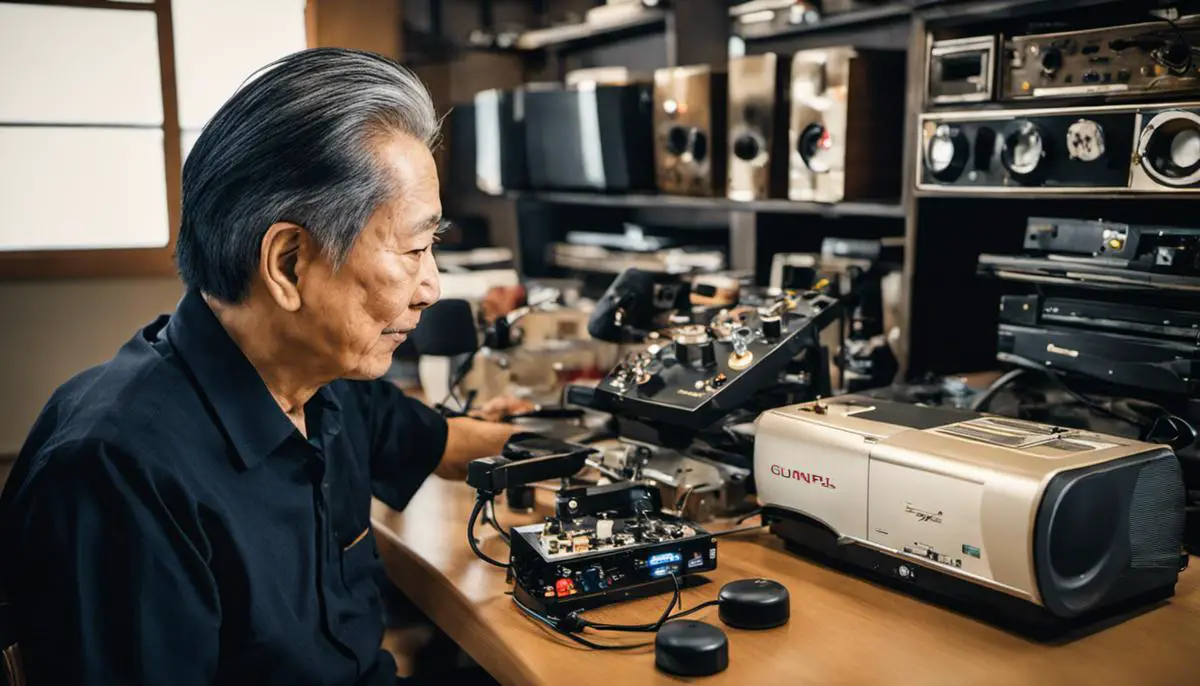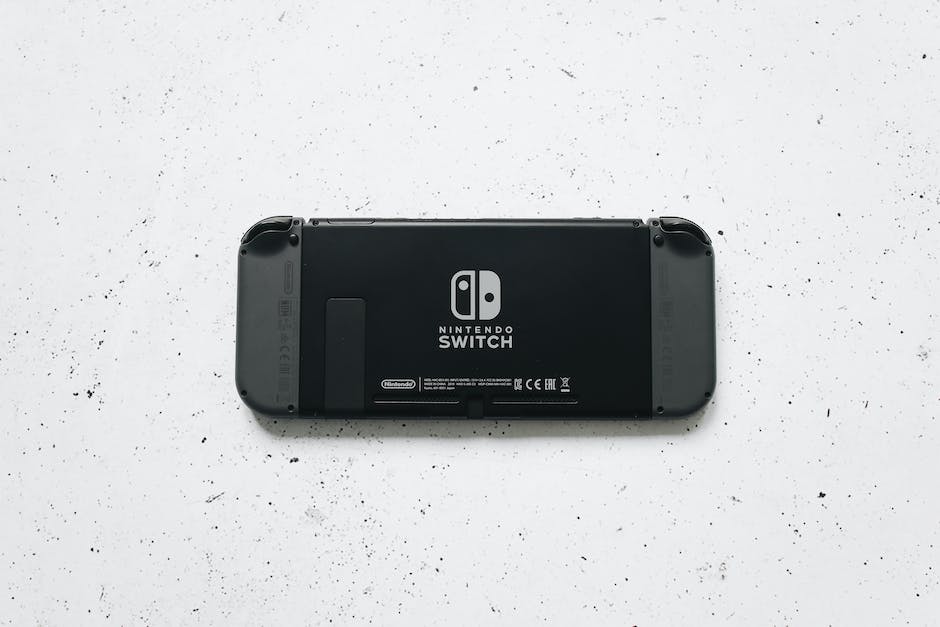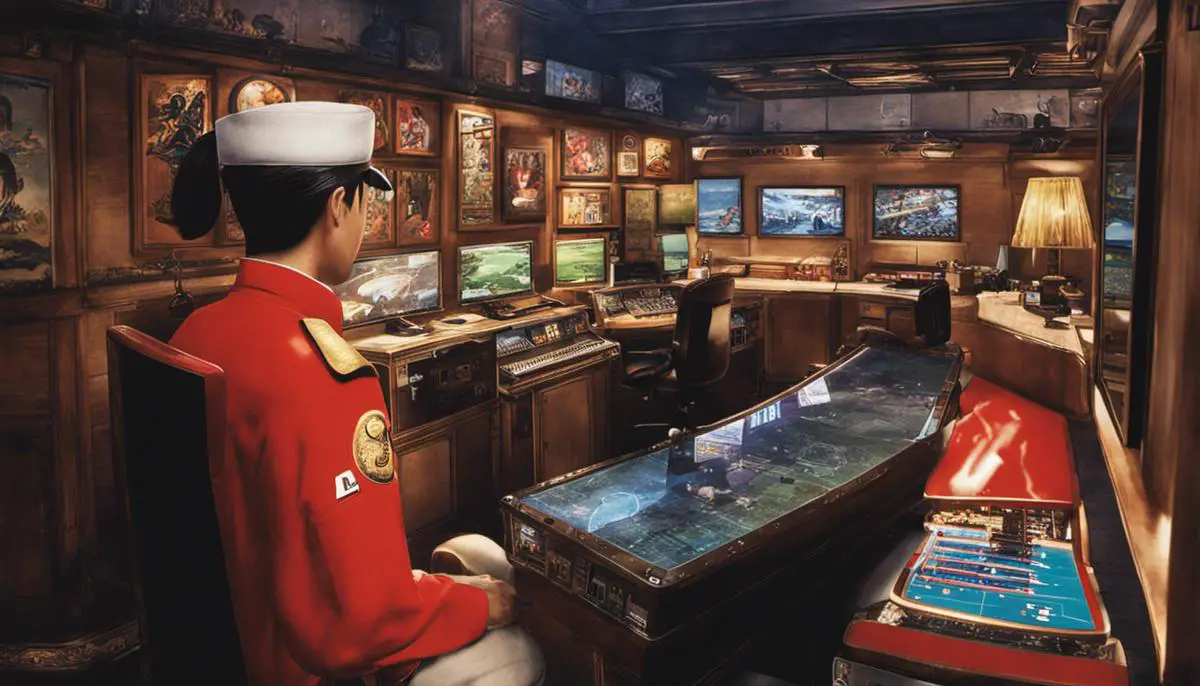Better known as the father of modern handheld gaming devices, Gunpei Yokoi’s story is not only prestigious but inspirational. As a simple assembly line worker turned renowned inventor and game designer, Yokoi’s journey is a testament to the power of creativity and innovation. Born and raised in Japan, Yokoi’s early life and education molded him into an inventive individual, eager to transform the world of entertainment.
Starting his career off at Nintendo, he went on to author various inventions, including the globally acclaimed Game Boy. From Yokoi’s humble beginnings to his extraordinary achievements, his journey offers valuable insights into the invention process and the gaming industry at large.
Early Life and Education of Gunpei Yokoi

Early Life
Gunpei Yokoi was born on September 10, 1941 in Kyoto, Japan. Yokoi was the son of a wealthy businessman, raised in a family that had deep connections with the traditional industrial sector in Japan. Since childhood, Yokoi had an inclination toward making and inventing things. In his youth, his inventiveness often took hold, engaging him in crafting elementary toys from everyday materials available around him.
Education
Yokoi attended Doshisha University, one of the most respected private institutions in Japan, earning a degree in electronics. It was at university where Gunpei Yokoi honed his technical skills, further equipping him with the knowledge and expertise he would need in his later years. He focused his scholarly pursuits on electrical engineering, which later played a significant role in shaping Yokoi’s incredible career in the gaming industry.
Influence of Early Experiences
In his college days, Gunpei Yokoi developed an amusement machine made from a transistor radio as part of his class project. The success of this project ignited his fascination with amusement devices, motivating him to explore the possibilities of technology, gaming, and entertainment in a new light.
This early experience, coupled with his upbringing and the opportunities he had to try out and learn different things, played a crucial role in forming Yokoi’s creative approach to electronic gaming. It can be argued that these experiences provided a strong foundation and profoundly influenced his captivating career at Nintendo.
Initial Steps in the Gaming Industry
In 1965, Gunpei Yokoi, a recent university graduate, was welcomed into the league of the Nintendo Company Ltd. as a maintenance engineer. His primary task entailed maintaining the machinery responsible for playing cards production. However, Yokoi’s perceptiveness soon resulted in a game-changing invention. During that year, he showcased an improvisation on an extending arm to Nintendo’s president, Hiroshi Yamauchi. Recognizing the potential value of this invention, Yamauchi commanded its mass production. Consequently, this innovation materialized into the “Ultra Hand” – one of Nintendo’s top-selling toys at the time.
Career and Major Achievements at Nintendo

Crafting a Notable Career at Nintendo
Gunpei Yokoi’s professional journey in Nintendo commenced in 1965. Initially, he started as a maintenance engineer in charge of the machinery line that produced playing cards. Despite his primary role, he presented a fascinating ability for inventing creative devices. The turning point in Yokoi’s career arrived when Hiroshi Yamauchi, the then president of Nintendo, took notice of an extendable arm toy that Yokoi had ingeniously designed during his leisure time. Deeply impressed with Yokoi’s inventiveness, Yamauchi elevated him to the position of a product developer. This extendable arm toy, later popular as “Ultra Hand,” received overwhelming response with sales exceeding a million units.
Creation of Game and Watch
Following the Ultra Hand’s success, Yokoi came up with more successful toy ideas, including the Love Tester and the Ultra Machine. However, it was in the realm of video games where Yokoi made a significant impact. In 1980, he invented the Game and Watch, a handheld video game system based on a simple premise: providing entertainment for people who needed to kill time while waiting. The Game and Watch, compact with an LCD screen, became wildly popular, effectively marking Nintendo’s entry into the handheld video game market.
Development of the Game Boy
Yokoi’s creativity and ingenuity continued to be Nintendo’s driving force, leading to the development of the Nintendo Entertainment System’s D-pad, which has since become a staple in almost all modern handheld consoles. Nevertheless, Yokoi’s crowning achievement was, without a doubt, the creation of the Game Boy. Despite its monochrome visuals compared to competitors’ colour screens, the Game Boy became incredibly popular due to its robust game library, longer battery life, and affordability. This device’s success catapulted Nintendo to the forefront of the video game industry and marked Gunpei Yokoi as a legendary video game inventor.
The Virtual Boy and Yokoi’s Departure from Nintendo
Gunpei Yokoi went on to develop the Virtual Boy, a 32-bit tabletop video game console capable of displaying “true 3D graphics” out of the box. Unfortunately, the Virtual Boy was not as successful as his previous inventions. Its poor reception was due to issues like high price, discomfort, lack of software support, and less than stellar 3D capabilities. After the commercial failure of the Virtual Boy, Yokoi decided to retire from Nintendo in 1996.
Post-Nintendo Career and Koto Laboratory
Upon leaving Nintendo, Yokoi founded Koto Laboratory, a company where he would continue developing handheld consoles. Koto Laboratory partnered with Bandai to create the WonderSwan, a handheld gaming device that competed with Nintendo’s Game Boy. Sadly, Yokoi did not live to see the WonderSwan’s release as he passed away in a car accident in 1997.
Gunpei Yokoi’s career faced many obstacles, yet his creations have left a lasting impact on the realm of video gaming. He always prioritized enjoyable gameplay over top-tier technology, proving that the joy found by gamers is truly what counts. Up until now, his philosophy still holds a powerful sway over the industry of video gaming.
Final Years and Yokoi’s Legacy

A New Chapter Begins: Gunpei Yokoi’s Departure from Nintendo
In 1995, Gunpei Yokoi stunned the world of gaming by making the unexpected decision to leave Nintendo after being with the company for 30 years. A combination of circumstances led to his departure, among which was the unfortunate market failure of the Virtual Boy. The Virtual Boy, a device Yokoi enthusiastically designed and promoted, had the ability to display stereoscopic 3D graphics – a pioneering feature during that time. However, it did not connect well with the gaming community and production was ceased after just a year of its release.
Establishment of Koto
After leaving Nintendo in August 1996, Yokoi founded his development studio, Koto, showcasing his prowess as a game developer and inventor. Partnering with Bandai, a notable Japanese video game company, Yokoi began working on a new gaming handheld known as the WonderSwan. This gaming console promised to give a tough competition to Yokoi’s former invention, the Game Boy.
Final Years: An untimely end to a visionary’s journey
Working on the WonderSwan became one of Yokoi’s final works in the gaming world, as his life was tragically cut short in October 1997 in a car accident. Despite the abrupt end, his vision for the WonderSwan was eventually realized posthumously. The WonderSwan, released in 1999, received a warm reception and was praised for carrying the creative essence of Yokoi.
Yokoi’s Legacy: Impacting the Modern Gaming Industry
Even after his death, Gunpei Yokoi’s influence can be seen throughout the international gaming industry. His ‘Lateral Thinking of Withered Technology’ philosophy, which advocates using existing, matured technology in innovative ways, has become a guiding principle for many game developers.
Yokoi’s invention, the Game Boy, revolutionized portable gaming and set a benchmark for current-day handheld gaming consoles. The D-pad, another Yokoi invention, initially designed for the Game & Watch hand-held games, has become a standard facet of game controller design, found in nearly every gaming system.
Even in other forms of media, Yokoi’s influence can be seen. For instance, in ready player one, a bestselling book, and later a Steven Spielberg movie, the protagonist uses a VR device called the ‘OASIS,’ which is reminiscent of the Virtual Boy’s concept.
In essence, Gunpei Yokoi leaves behind a legacy that has significantly shaped and influenced the modern gaming industry. His innovations and philosophies continue to inspire and resonate with many game developers today. His story is one of resilience, innovation, and unparalleled creativity in a fast-evolving industry.

Yokoi’s departure from Nintendo marked the end of an era, but it was far from the end of his innovative journey. Establishing his own company, Koto, he continued to impact the modern gaming industry. Yokoi’s legacy remains influential to date, not just in the sphere of handheld gaming devices, but also in the overall landscape of interactive entertainment. From his early life and education to the pinnacles of his career, Gunpei Yokoi exemplifies the notion that innovation knows no limits. His life and work continue to inspire burgeoning inventors and game designers across the globe, reinforcing the importance of creativity and innovative thinking in the realm of technology and game development.

